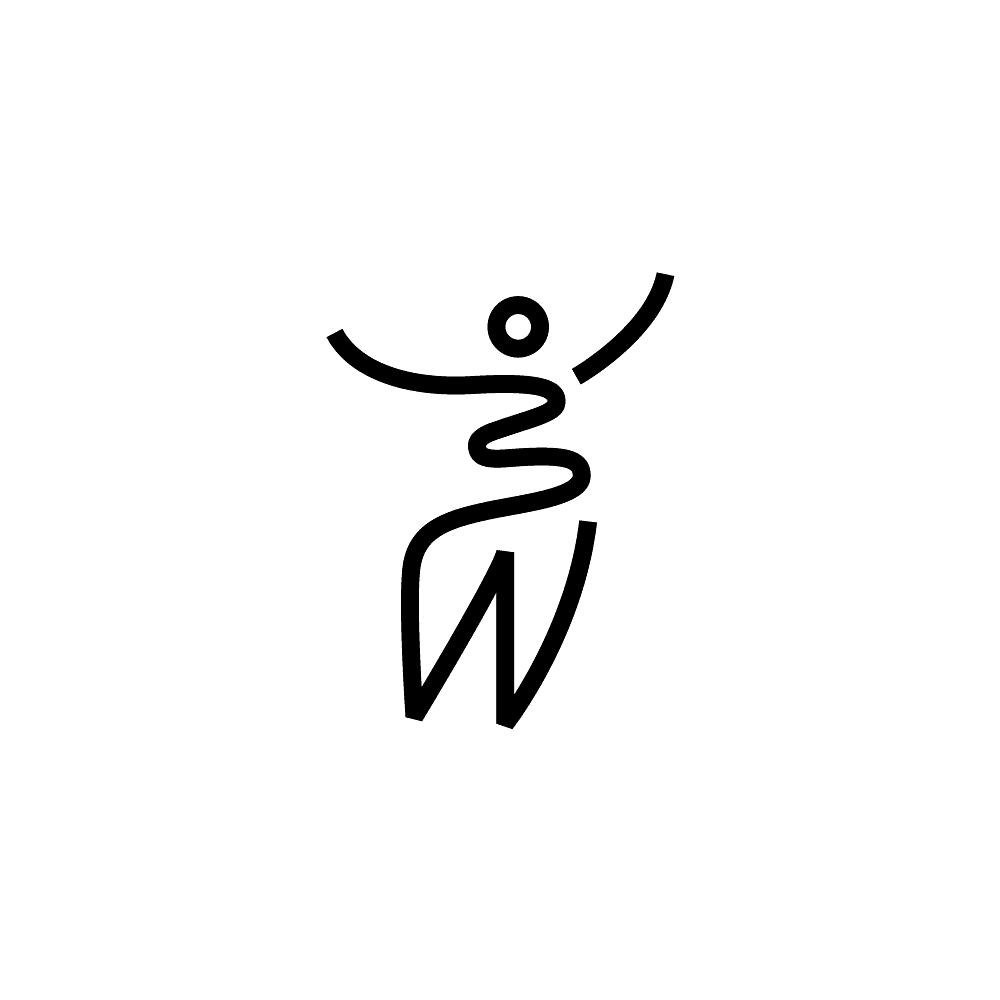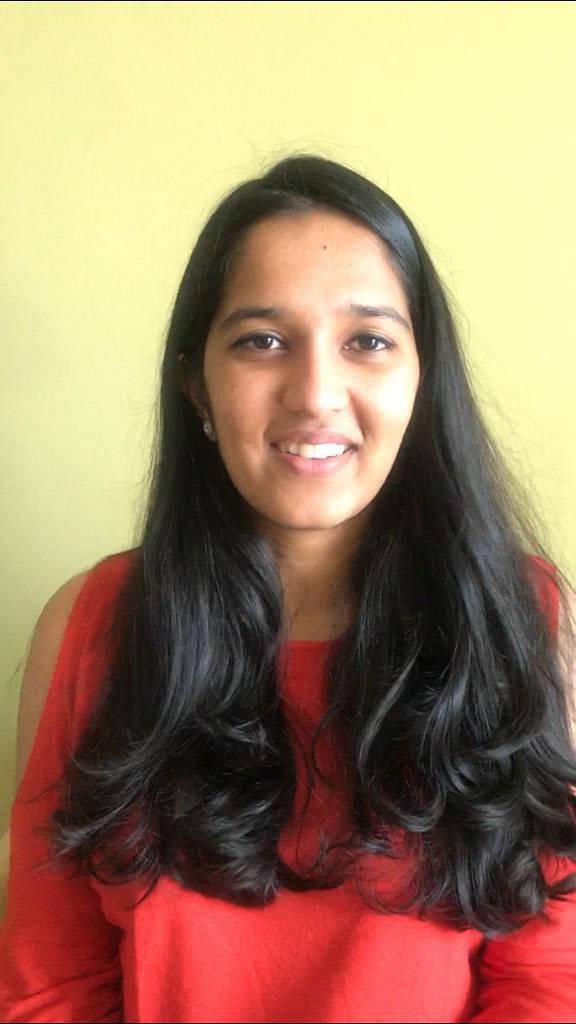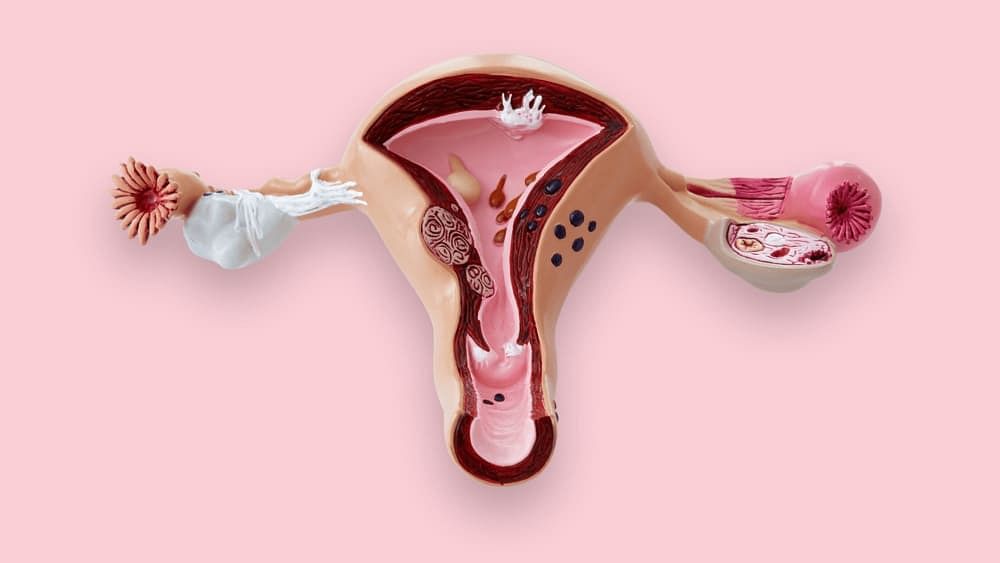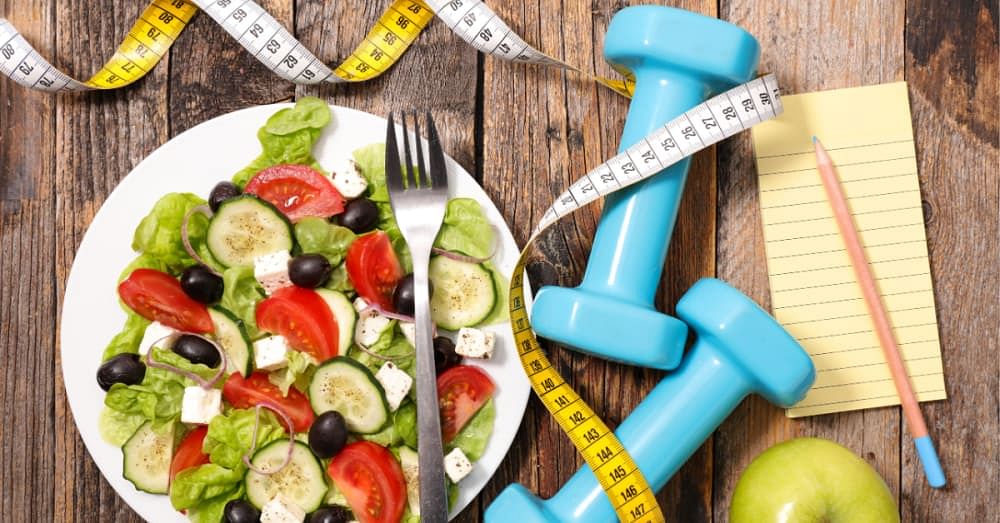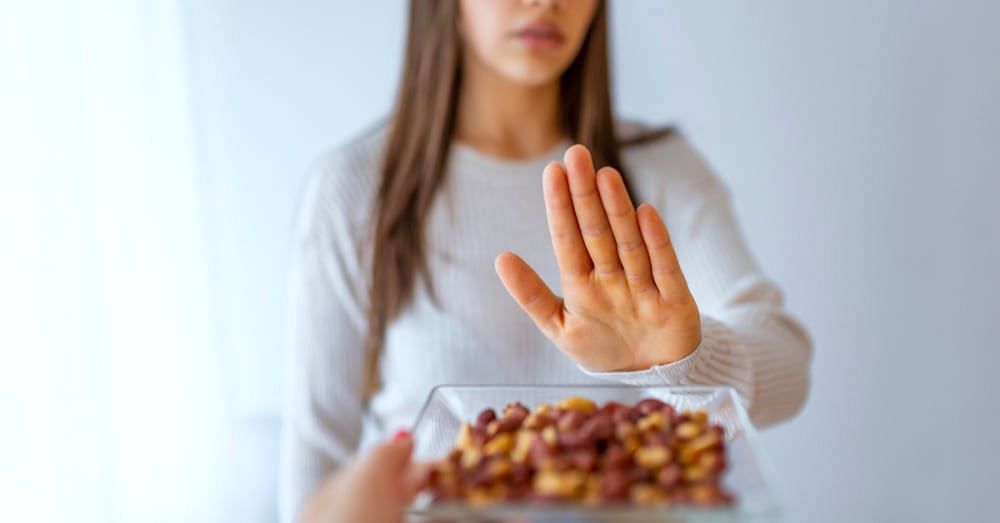What is Hypogonadotropic Hypogonadism?
Hypogonadism is the lack of hormones that stimulate the ovaries. The term is referred to when the gonads or sex glands produce very little or no sex hormones. In other words, the body stops producing estrogen and progesterone. Even if the body does produce them, it is in minor quantities.
The problem arises due to the malfunction of the hypothalamus or the pituitary gland. Eventually, this affects the hormone-releasing tendency of the HPG (hypothalamic-pituitary-gonadal) axis.
In this condition, there is no production of the hormones GnRH, FSH, and LH by the glands of the brain. Medically speaking, GnRH’s full form is Gonadotropin-Releasing Hormone.
Also read: Ayurvedic medicines for female sexual health
How Does This Condition Affect Women?
The ovaries are not stimulated to produce the estrogen and progesterone hormones. These hormones are responsible for puberty and characteristics like hair growth, fertility, menstrual cycles, and related features in women.
Causes of Hypogonadotropic Hypogonadism
There are several causes of Hypogonadotropic Hypogonadism. Some of them are listed below:
- Genetic disorders such as Turner and Klinefelter syndrome
- Autoimmune disorders
- Damage to pituitary or hypothalamus glands by surgery, radiation, or infection.
- Long-term consumption or consuming high doses of steroids or similar substances.
- Infections like HIV
- Tumours, brain surgery, nutritional deficiencies, or inflammatory diseases like histiocytosis
- Severe stress
Types of Hypogonadotropic Hypogonadism
The HH condition is classified into two types based on their cause. The types are as follows:
- Congenital Hypogonadotropic Hypogonadism (CHH)
- Acquired Hypogonadotropic Hypogonadism (AHH)
CHH is the result of genetic abnormalities which affect the anterior pituitary gland. As a result, it stops the secretion of hormones that act as the base for sexual development. CHH is further divided into two subcategories:
- Anosmic HH caused by Kallmann syndrome
- Normosmic HH
On the other hand, AHH occurs after puberty due to stress or many causes. It is unrelated to genetic defects.
Symptoms of Hypogonadotropic Hypogonadism
Hypogonadotropic Hypogonadism includes a range of symptoms in women. As mentioned earlier, it is caused by the lack of hormones responsible for sexual development in women. Here are some of the symptoms of HH:
- Insignificant breast growth
- Lack of menses
- Sudden heat-up cycles over long intervals
- Absent libido
- Milky discharge from breasts
- Irritability
- Abnormal body hair loss
Diagnosis of Hypogonadotropic Hypogonadism
The diagnosis of Hypogonadotropic Hypogonadism includes hormone tests. This includes checking sex hormone levels, usually done through a blood test.
In addition, to confirm these symptoms are not due to any other condition, a thyroid test may be carried out. The doctor also advises a prolactin test. Prolactin is responsible for the growth of breasts and milk production.
One may require CT scans or MRIs to detect any tumour growth. Ultrasound tests are advised to check for any cysts or polycystic ovarian syndrome.
Is Hypogonadotropic Hypogonadism Manageable Or Curable?
Hypogonadotropic Hypogonadism is curable. The typical treatment of Hypogonadotropic Hypogonadism includes therapy that resolves sexual development issues. It is called Hormone Replacement Therapy which involves increasing the female sex hormone count. This therapy leads to breast development, menses regulation, and psychological well-being. In addition, Gonadotropin therapy is for women to restore their fertility.
Sometimes, doctors may prescribe a pill to manage the condition of Hypogonadotropic Hypogonadism. This medication increases estrogen levels and serves the needs of sexual development that is deficient due to HH. However, an increased level of estrogen may cause endometrial cancer.
To avoid these complications, the doctor may prescribe a combination of progesterone and estrogen. This lowers the risk of the possibility of cancer. Treatments can also target specific symptoms such as an increase in libido or menstrual irregularities. This is possible through pills containing FSH and related hormones.
If you are diagnosed with a carcinogenic tumour caused by any condition affecting your pituitary gland, you may require surgery or radiation therapy. Hypogonadotropic Hypogonadism requires lifelong therapy by treating the underlying issues like restoring hormone levels.
Are there natural treatments and herbs that can be used to treat HH?
There are no natural herbs or remedies known that may cure Hypogonadotropic Hypogonadism. However, some ways to counter it include eliminating stress, awareness of a body-based balanced diet and exercising regularly. Further, the use of oils such as sandalwood and clary sage for a massage could aid the treatment of the condition.
The clary sage oil works well in proportion to 5 drops with half a teaspoon of coconut oil. One should massage it gently over the abdomen, wrists, and bottom of the wrists. Also, you may use sandalwood oil to apply. Research suggests that these essential oils are known to reduce stress levels and increase libido.
Also read: Does female masturbation affect ovulation and pregnancy?
Hypogonadotropic Hypogonadism has adverse effects on the daily functioning of women. Unless it is acquired from a treatable condition, in Hypogonadotropic Hypogonadism, the issues of the condition, such as hormone levels, restoring fertility, and others could be managed. If the treatment is stopped, the symptoms may resurface due to a decrease in hormones.
An early diagnosis of the condition could help reduce complications. As suggested earlier, specific tests can confirm the same. If you observe any symptoms, you should get yourself diagnosed soon.
References
Christine Ruggeri (2017) Hypogonadism Causes + 6 Ways to Help Balance Hormone Levels (Dr. Axe) https://draxe.com/health/hypogonadism/
